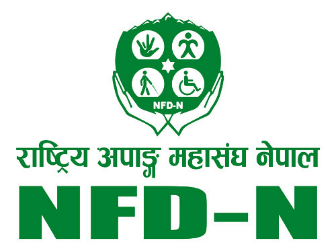KATHMANDU: Policymakers have expressed concern over the low literacy rate among people with disabilities in the country.
Despite efforts to improve accessibility and inclusivity, only half of the disabled population is literate, mainly due to geographical challenges, social discrimination, and the lack of a disability-friendly education system.
While the overall literacy rate in the country stands at 76.2 percent, the literacy rate among persons with disabilities is only 50.1 percent.
Similarly, the literacy rate among women with disabilities remains notably lower, with only 38.5 percent of the total disabled population being female literate.
These findings are highlighted in a statistical report on disability, based on data from the National Census of 2078 BS.
In the previous census of 2068 BS, the literacy rate among persons with disabilities was recorded at 43.2 percent.
According to the census, men with disabilities have a literacy rate of 52.2 percent, while women have a significantly lower rate of 33.7 percent.
Stakeholders acknowledge that although there has been some improvement in literacy rates, the progress is not as encouraging as expected.
The ‘National Census 2078 BS Disability Statistical Report,’ jointly published by the National Statistics Office and the National Federation of Disabled Persons (NFDN), reveals that 2.2 percent of the total population has minor disabilities.
The report estimates that there are 647,744 people with disabilities in the country, out of which only 311,630 individuals aged five years and above are literate.
Dhundiraj Lamichhane, head of the population branch at the National Statistics Office, emphasized that the recent census provided disaggregated data on disability for the first time, facilitating a more comprehensive analysis of the situation.
The report highlights disparities in literacy rates across different types of disabilities. Visually impaired individuals have the highest literacy rate, with 63.3 percent being literate. Conversely, people with intellectual disabilities have the lowest literacy rate, with only 20.4 percent being literate.
Ramesh Pokharel, spokesperson for the National Handicapped Association, emphasized the importance of inclusive education and adequate support systems for improving literacy rates among people with disabilities.
Despite challenges such as the lack of appropriate curriculum, Braille books, teachers, and infrastructure, there has been progress in literacy and education among people with disabilities.
However, efforts to enhance education accessibility and perception towards disability education are ongoing.









Comment